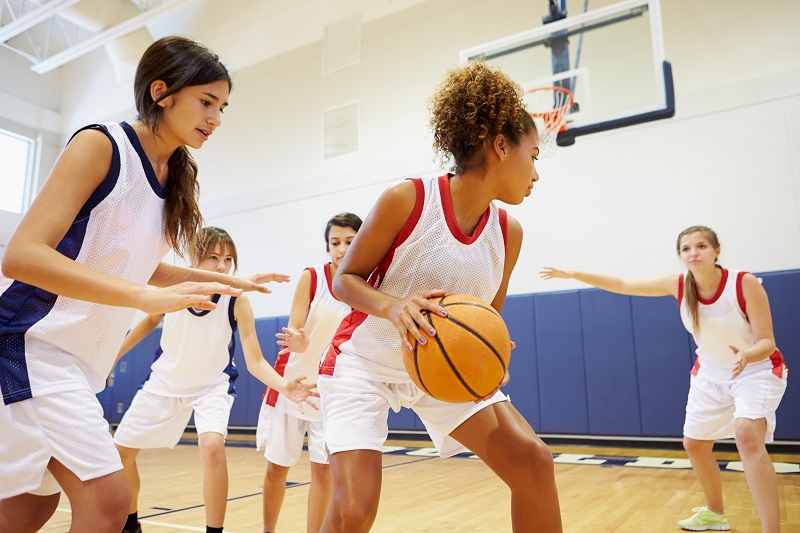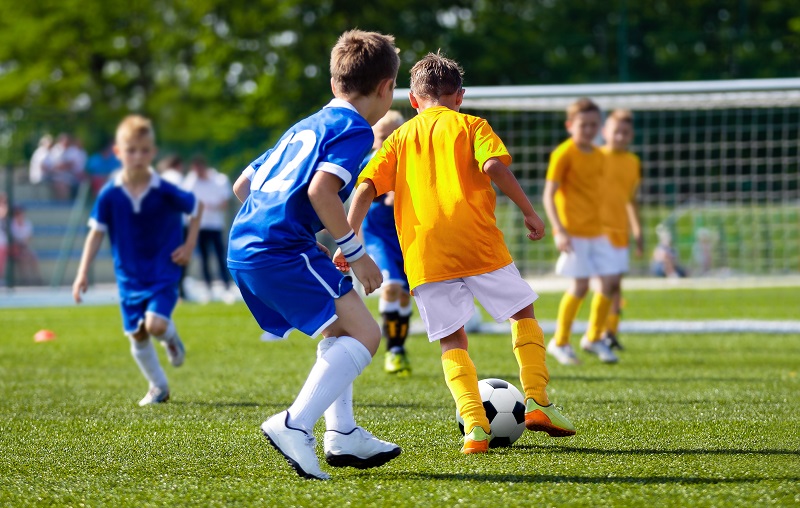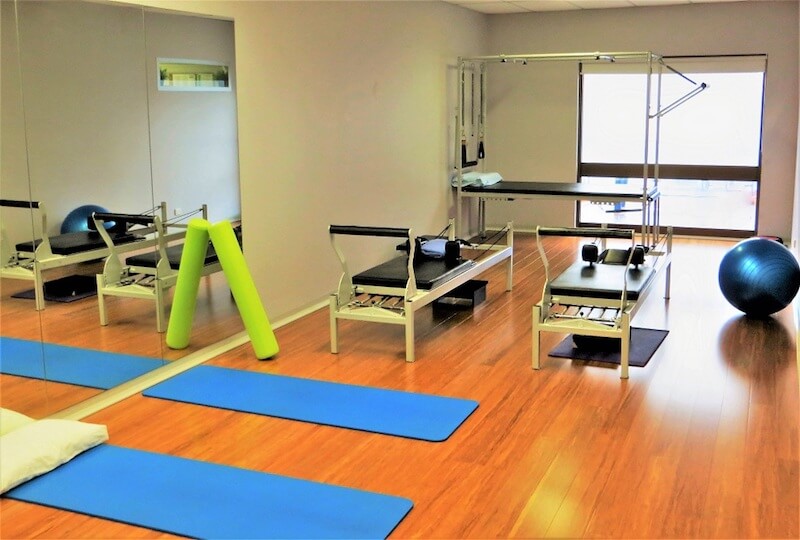Did you know half of all sports-related injuries in teens and children stem from overuse?
Sure, competition can be fierce, and so to can a young athlete’s ambition and love of sport.
However, all that playing time adds up and takes a toll on an adolescent’s body. This is especially true for young athletes who specialise in a single sport. In fact, children who specialise in a single sport and spend more hours than their age each week practicing and playing it are 70 percent more likely to suffer an overuse injury.
 This means a 14-year old who spends three hours each day playing soccer, football, cricket, tennis, netball, basketball, or any other sport is at an increased risk of experiencing an overuse injury.
This means a 14-year old who spends three hours each day playing soccer, football, cricket, tennis, netball, basketball, or any other sport is at an increased risk of experiencing an overuse injury.
Moreover, young athletes who play one sport for eight or more months out of the year are three times as likely to suffer a knee or hip-related overuse injuries. To make matters worse, it’s not uncommon for many children and adolescents to have sporting commitments on several days of the week. While this is great for their social, mental, and physical development, it puts wear and tear on their bodies and boosts their odds of being sidelined with overuse injuries.
These injuries are often caused by repetitive trauma to the joints, tendons, and bones and commonly cause pain in the hip, knee, Achilles, and/or groin. Since children and young teens are still growing, their bones are weaker than their muscles and tendons, increasing the risk of growth plate injuries.
Unlike other injuries, overuse injuries can be quite subtle and occur over a long period of time. Unfortunately, without proper treatment and care, they can also plague young athletes well into adulthood.
What Exactly is an Overuse Injury?
An overuse injury is caused by repetitive stress and damage to a muscle, tendon, ligament, or bone in which the body isn’t given adequate time to heal.
While overuse injuries take shape in many different forms, apophysitis is one of the most common.
Unique to young athletes who have yet to fully reach skeletal maturity, apophysitis refers to the inflammation, damage, and microtrauma of a growth plate attached to a muscle and tendon. In young developing athletes, it becomes a biomechanical point of weakness, making it susceptible to injury from repetitive stress.
The development of apophysitis can be attributed to several different factors, one of which is rapid growth during puberty, resulting in bone growth that exceeds the growth of the surrounding soft tissue. When this occurs, increased tension is placed on the bone due to tendons, ligament and the muscles being less flexible.
Other biomechanical factors, such as flat feet or incorrect running mechanics, can also be to blame. Nonetheless, the three most common sites of apophysitis and an overuse injury include:
- The groin – Referred to as osteitis pubis, an overuse injury to the groin is most common amongst males and females 15 years of age or older.
- The heel – Referred to as Sever’s Disease, an overuse injury to the heel is most common amongst males and females 8-12 years old.
- Below the kneecap – Referred to as Osgood Schlatter’s Disease, an overuse injury to this area is most common in males 12-15 years old and females 8-13 years old.
Fortunately, most overuse injury cases in these and other areas resolve themselves naturally without any negative long-term effects once the bones reach full maturity.
However, in some cases in which extreme repetitive forces are transferred through the muscle to the tendon and growth plate, an avulsion fracture can take place and result in an immediate and long term disability. Therefore, if a young athlete complains multiple times about pain at one of these sites, prompt attention and relief should be given in order to avoid further injury.
Who is Most at Risk of Suffering an Overuse Injury?
Adults can suffer overuse injuries, but teens and children are at an increased risk because their growing bones are more prone to stress damage. Many young athletes may exhibit symptoms of an overuse injury, such as worsening hip or shoulder pain, and not even know it.
If you think your child athlete is experiencing an overuse injury, a treatment plan from a physiotherapist will certainly help.
How Can Young Athletes Prevent Overuse Injuries?
Your child doesn’t have to give up the sport they love in order to avoid an overuse injury. In fact, he or she can remain healthy and still progress at the sport they love.
Here’s how:
1.) Keep an eye on their playing hours.
Remember the age vs. hours rule discussed above? The number of hours a child plays a particular sport each week should be restricted to his or her age.
For example, a 10-year old should spend no more than 10 hours per week running, swimming, playing tennis, or performing any other sport.
2.) Take a break.
One or two rest days each week and longer breaks taken throughout the year can be beneficial in avoiding overuse injuries.
3.) Play a variety of sports.
 Performing different exercises and movements plays an important role in preventing imbalances developing which in increase the risk of injuries later. Participating in different types of sports eg swimming and running is a form of cross-training and injury prevention for kids and adolescents.
Performing different exercises and movements plays an important role in preventing imbalances developing which in increase the risk of injuries later. Participating in different types of sports eg swimming and running is a form of cross-training and injury prevention for kids and adolescents.
In addition to helping avoid overuse injuries, this variation improves agility and makes many children better overall athletes.
4.) Consume a healthy diet.
It’s important to consume a healthy diet for people of all ages. This reduces inflammation and helps you maintain a healthy weight.
Try these 65 healthy foods. There’s bound to be a few your children enjoy!
5.) Communicate discomfort.
Children and young athletes must recognise the importance of letting their coaches and parents know if they’re experiencing pain and discomfort. More often than not, overuse injuries occur over time.
The sooner overuse injuries can be addressed, the less likely there is to be a long-term impact and the quicker the recovery time will be.
6.) Know your child.
Parents know their children better than teammates, coaches, or anyone else. To avoid an overuse injury, communicate with your child and keep a close eye on his or her behaviour and performance in order to recognise if something isn’t quite right.
Kids are tough and typically wont complain about something until it is causing a lot of distress. If they tell you something hurts, listen. Frequent complaints, changes in performance, and sudden disinterest are all warning signs that an overuse injury may have occurred.
Physiotherapists are Experts in Diagnosing and Treating Adolescent Injuries
Your young athlete may want to become the next Ben Simmons or Lleyton Hewitt, but as a parent, you should focus on his or her overall health and help promote a well-rounded athlete.
You should also teach your child the importance of paying attention to their body and communicating nagging injuries and chronic pain. Overuse injuries can be quite limiting, but with the right biomechanical and training advice, strengthening programs, soft tissue release, and other Physiotherapy treatments, many young athletes are able to take their passion for sports to the next level.
At Kardinya Physiotherapy, our highly trained Physiotherapists are experts at diagnosing and treating overuse injuries in young athletes.
Give us a call to schedule a booking today!






